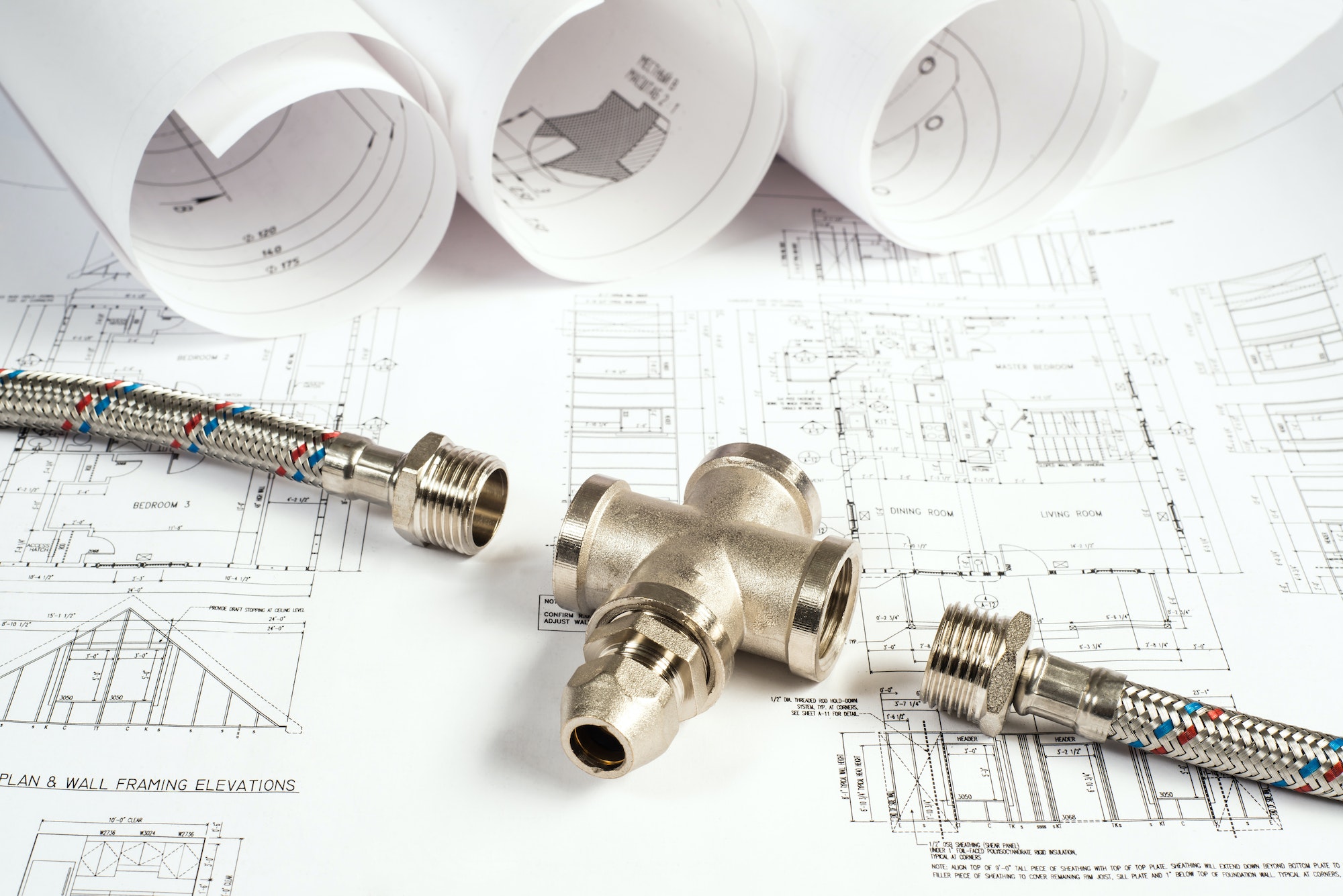In recent years, the fields of architecture and design have found themselves at a crossroads. Despite rapid advancements in technology, much of the creative process has become repetitive, with a focus on refining existing ideas rather than exploring new frontiers. The industry, once known for its bold innovation and daring creativity, has seen a shift toward standardization and predictability. This stagnation is partly due to the reliance on traditional methods like parametric design, which, while powerful, often limit designers to predefined parameters and well-trodden paths. As a result, the potential for groundbreaking, visionary work has been stifled, leaving many in the field searching for new ways to reignite the spark of true creative exploration.
However, there is one designer who is challenging this status quo: Tomas Cabezon. A pioneering computational designer with a deep understanding of machine learning (ML) and artificial intelligence (AI), Tomas is at the forefront of a new wave of creativity. His work leverages latent spaces learned during training ML models to push the boundaries of what’s possible in architectural design. His transformative approach is reshaping the industry’s future, providing innovative ways to engage with design possibilities and reinvigorating the creative process, especially in the crucial early stages where imagination knows no bounds.
Rethinking Parametric Design: Unveiling New Horizons
Parametric modeling has long been a staple in architectural design, offering a robust framework for generating diverse design options. By tweaking parameters, designers can quickly produce a wide array of variations, each representing a potential solution. This method has been instrumental in refining designs and addressing complex challenges.
Yet, as Tomas Cabezon reveals, parametric design is not without its limitations. The method often confines exploration to isolated parameters, masking the intricate relationships that truly innovative designs require. Tomas’s work positively challenges these constraints, offering an excellent alternative by tapping into latent spaces. These complex, multidimensional abstract spaces, learned by AI models during training, capture deep patterns and relationships within data, providing a more organic and intuitive way to navigate design possibilities. Tomas’s approach allows creative practitioners to not only reach satisfying solutions but also to better define design problems and understand the opportunities and limitations of potential solutions.
Unveiling the Potential of Feature Spaces for Revolutionary Design Exploration
Feature spaces, unlike traditional parametric spaces, offer a new way to explore design options by focusing on relationships between features identified by AI. In Tomas Cabezon’s approach, these feature spaces, based on the ML extracted latent spaces, enable designers to delve into a broader spectrum of possibilities, allowing for a more holistic and innovative design process.
Displaying a profound understanding of how computational tools will unlock new realms of creativity in design, Tomas’s work on feature spaces versus parametric design spaces is particularly illuminating. By applying dimensionality reduction algorithms like t-SNE, he visualizes these spaces, revealing that feature spaces derived from AI offer a richer, more intuitive exploration platform. Feature spaces, in contrast to traditional parametric spaces, represent design options based on the relationships between features extracted by AI models. In these spaces, closer points indicate similar design approaches, allowing for a more comprehensive exploration of possibilities. This approach streamlines the exploration of a broader spectrum of design variants, allowing designers to more easily identify and focus on the most promising options as the creative process evolves.
Pushing the Boundaries of Creativity
Tomas Cabezon’s work is distinguished due to his profound understanding of how computational tools can be leveraged to unlock new realms of creativity in design. His approach goes beyond mere automation, opening doors to entirely new possibilities and expanding what architects and designers can achieve. At the core of Tomas Cabezon’s contributions is a reimagining of how designers engage with ML/AI models. Traditional parametric design methods often feel restrictive, requiring designers to input specific commands or parameters. Tomas, however, envisions a deeper engagement, where designers explore the underlying structures and relationships within their designs using latent spaces.
Revolutionizing Design Spaces: The Power of the Latent Space
In Tomas Cabezon’s work, the comparison between parametric design space and feature space is particularly revealing. The parametric design space, constructed by generating a synthetic dataset of 15,000 elements through a parametric algorithm, is narrow in its descriptive capacity. This space is visualized by reducing its dimensionality, yet it remains limited by its reliance on individual parameter combinations. In contrast, the feature space—constructed by training a ML model on the same dataset—offers a more nuanced representation of design solutions. This space is a reduced-dimensionality vector space of embedded data features, allowing for a more holistic exploration of design possibilities.
By applying dimensionality reduction algorithms, such as t-SNE, Tomas Cabezon visualizes both the parametric and feature design spaces. This visualization reveals that the feature space, derived from the complex relationships between design features learned by the ML model, provides a richer, more intuitive exploration space for designers. The comparison illustrates how the feature space can intuitively represent design solutions according to complex parameter relationships, in stark contrast to the more rigid parametric space.
Impact on the Architectural Industry
The implications of Tomas Cabezon’s work extend beyond individual projects, influencing the broader architectural industry. His contributions are reshaping how we think about design, creativity, and technology’s role in the creative process. His work was notably presented at the CAADRIA 2023 conference, a state-of-the-art forum showcasing leading advancements in the field. As more practitioners adopt these methods, we can expect a profound shift in how buildings and spaces are conceived and realized.
The potential of translating features learned by ML models into intuitive design exploration tools is vast. Tomas Cabezon’s work suggests that the future of design lies in the ability to explore and visualize design spaces that are not constrained by traditional parametric frameworks. This paradigm shift is poised to empower architects and designers to push the boundaries of their creativity, leading to more innovative, efficient, and aesthetically pleasing design solutions.
For more details on this project, visit the project website at https://tcabezon.github.io/3Dexploration/ or read the CAADRIA 2023 Conference article here. To learn more about Tomas Cabezon, please visit his personal website at www.tomascbzn.com.
Discover more from Futurist Architecture
Subscribe to get the latest posts sent to your email.



